- Home ::
-
Get involved
Where are the mayflies?
As you can see from the map below (which uses data from The Atlas of Living Australia), they definitely aren't hanging out in inner Melbourne. With the mayfly muster we hope to map the edges of towns and other degraded areas, where mayflies cannot live. These will provide information that can help waterway managers to figure out which bits of river need more help.
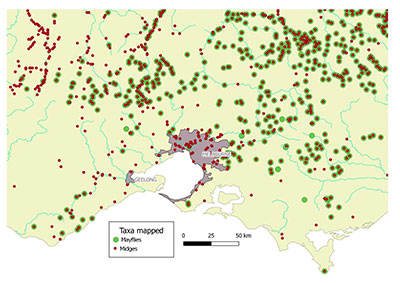
For us it is just as important to know where the mayflies ARE NOT.
How hard should I look?
We're keen to find them if they are there, so here are some likely hiding spots that you should check.
This short video shows how to check even if you haven't got a net. All you need is a couple of take-away containers.
How to recognise a mayfly nymph
There are some animals that can be confused with mayflies. The most obvious ones are the damselfly nymphs, which also have three "tails", but as you can see from the following pictures the damselfly gills are more leaf-like and the animals themselves are generally more "leggy".
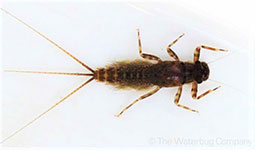
Mayfly nymph
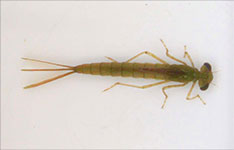
Damselfly nymph (or naiad)
The Mayfly life cycle.
Mayflies spend most of their lives as nymphs, these emerge, or leave the water to become adults. Mayflies are odd in that they have two adult stages. The dun (sub imago), and the spinner (imago). The dun has opaque wings, which have an extra layer of skin over them. This is lost when the dun sheds its skin and becomes a spinner (imago) with clear wings. The final stage is ready to mate and lay eggs in the water, which eventually hatch into nymphs to start the cycle again. The dun and spinner stages are short lived (a matter of days) and lack the ability to eat.
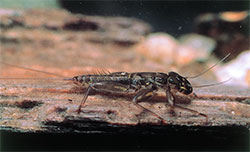
A leptophlebiid mayfly nymph.
.jpg)
Emergent (nymph skin just under the water surface)
.jpg)
Dun (sub imago)
.jpg)
Spinner (imago)
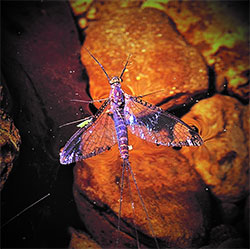
A dead spinner, often eaten by trout
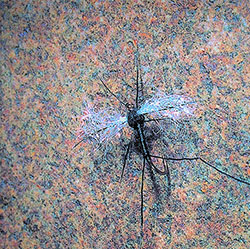
A dry-fly dead spinner used fishing for trout
Interested in knowing more? What sort of mayflies do you find?
The following pictures illustrate the more common mayfly nymphs found in Australia:
| NAME | In the wild | In a tray |
| Leptophlebiidae | 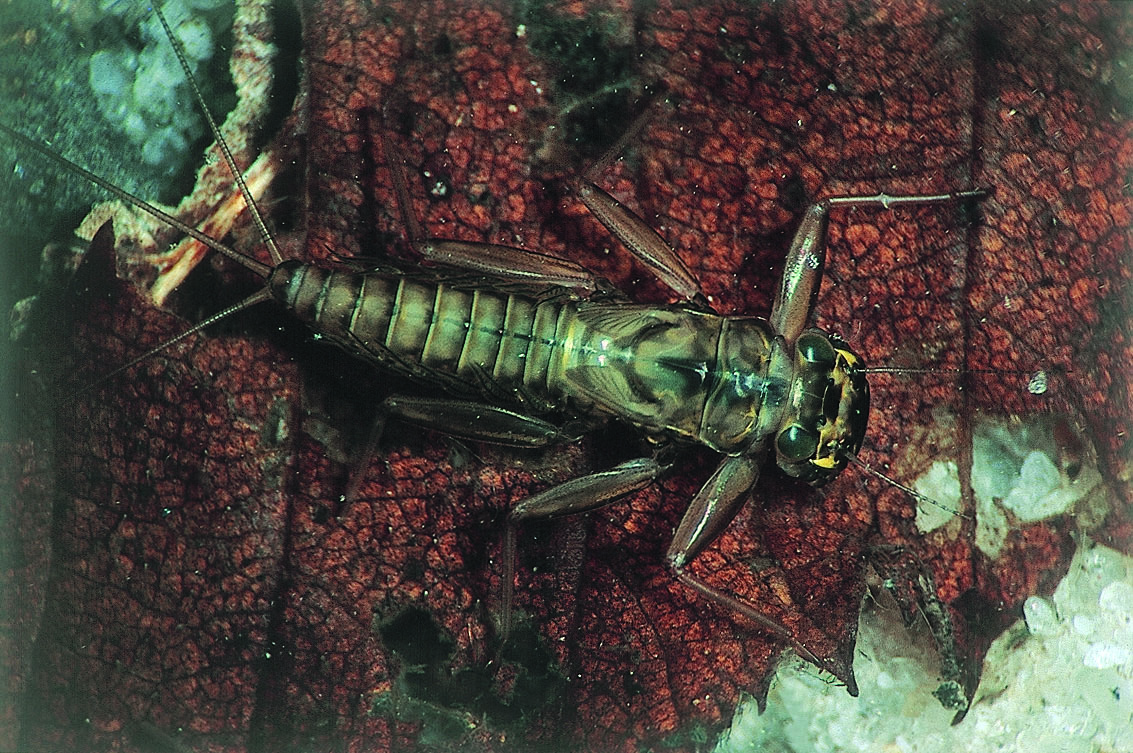 | 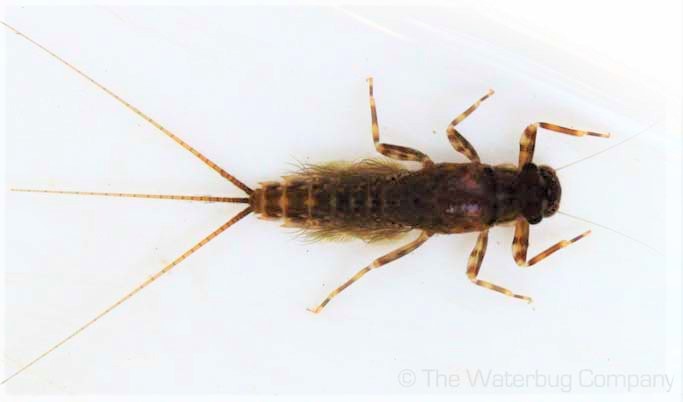 |
| Baetidae | 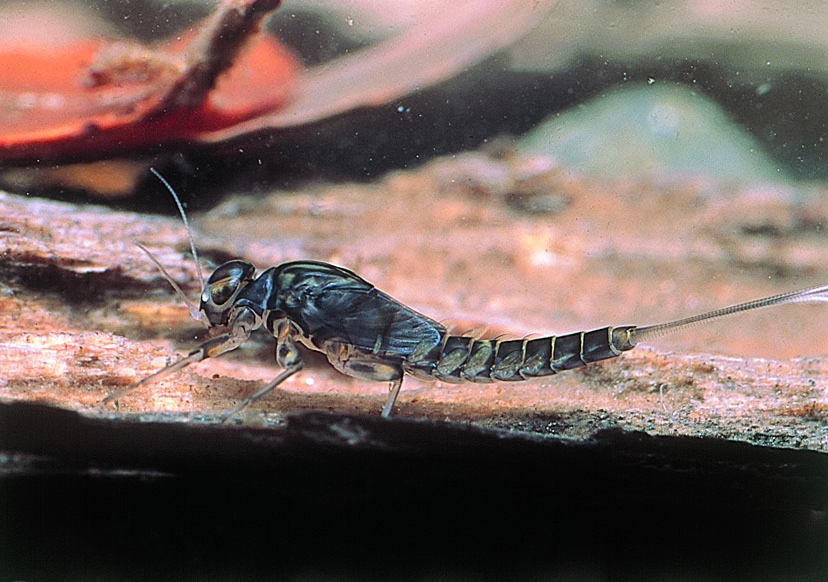 | 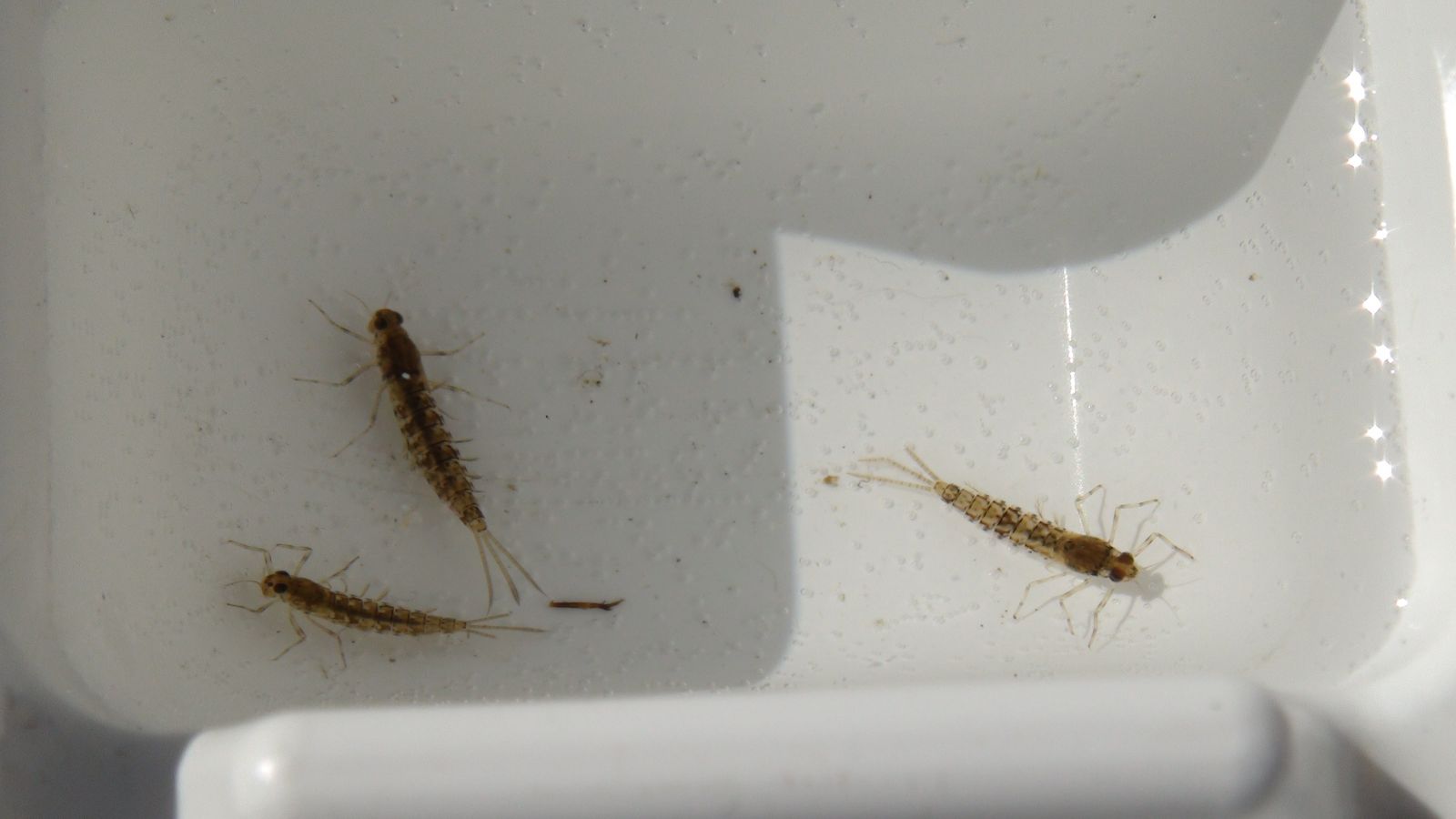 |
| Caenidae | 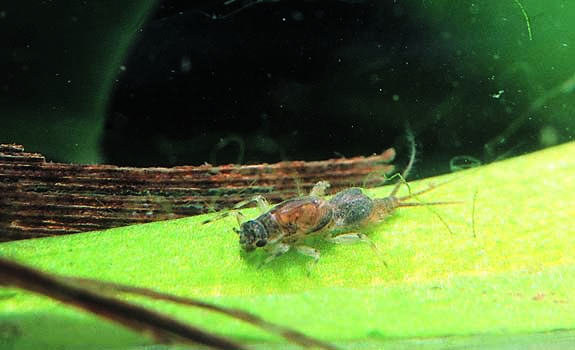 | 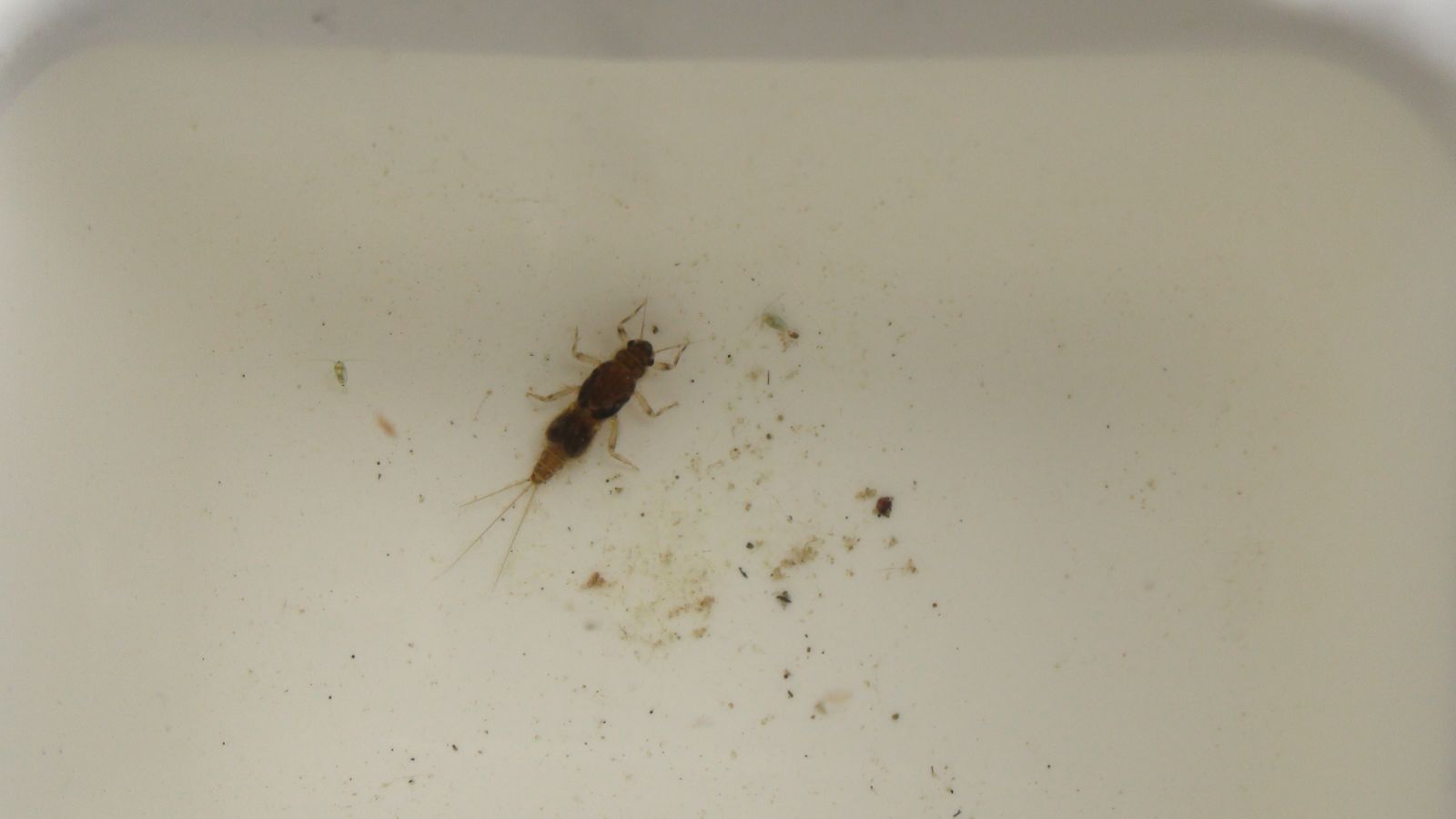 |
| Coloburiscidae | 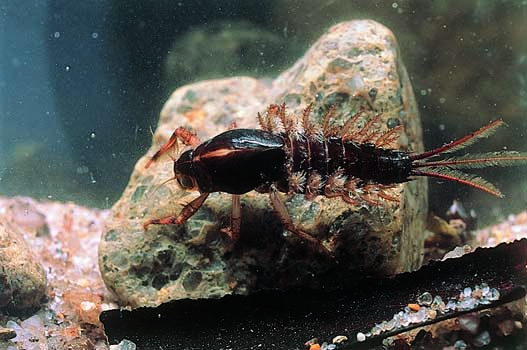 | 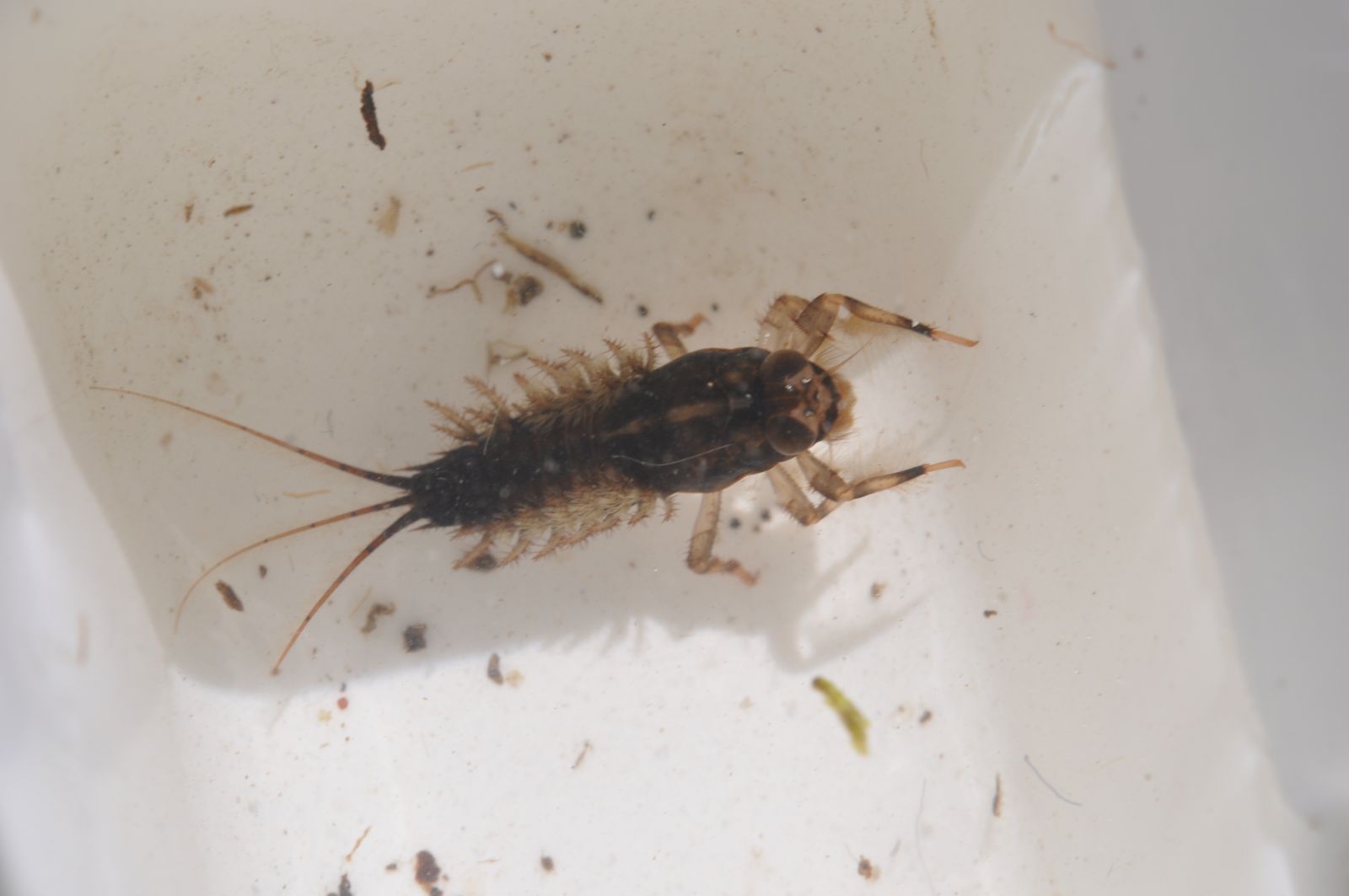 |
| Oniscigastridae | 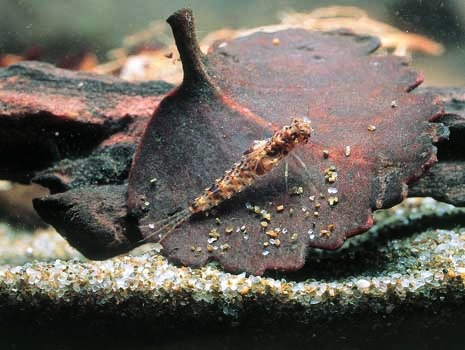 | |
| Ameletopsidae | .jpg) | 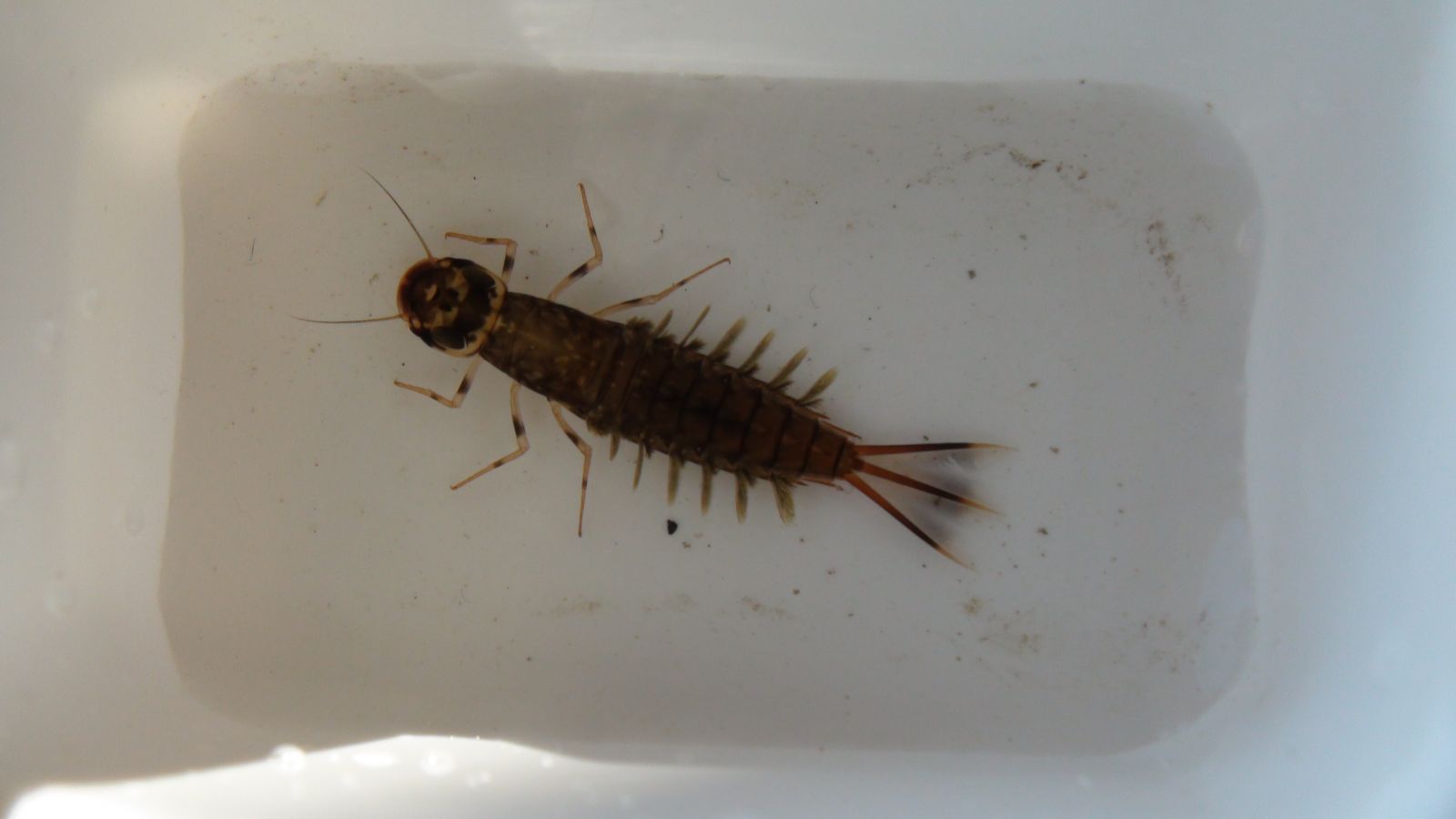 |